Product Photography with Models
In today’s competitive market, simply showcasing your product through standard product photography is often not enough to capture a customer’s attention. Without a human element, it becomes difficult for potential buyers to connect emotionally with your product — leading them to quickly scroll past or switch to another brand.
Incorporating your product photography with models adds a sense of realism, depth, and authenticity. It enhances the perceived quality of your product and allows customers to relate to it more effectively, increasing engagement and interest.
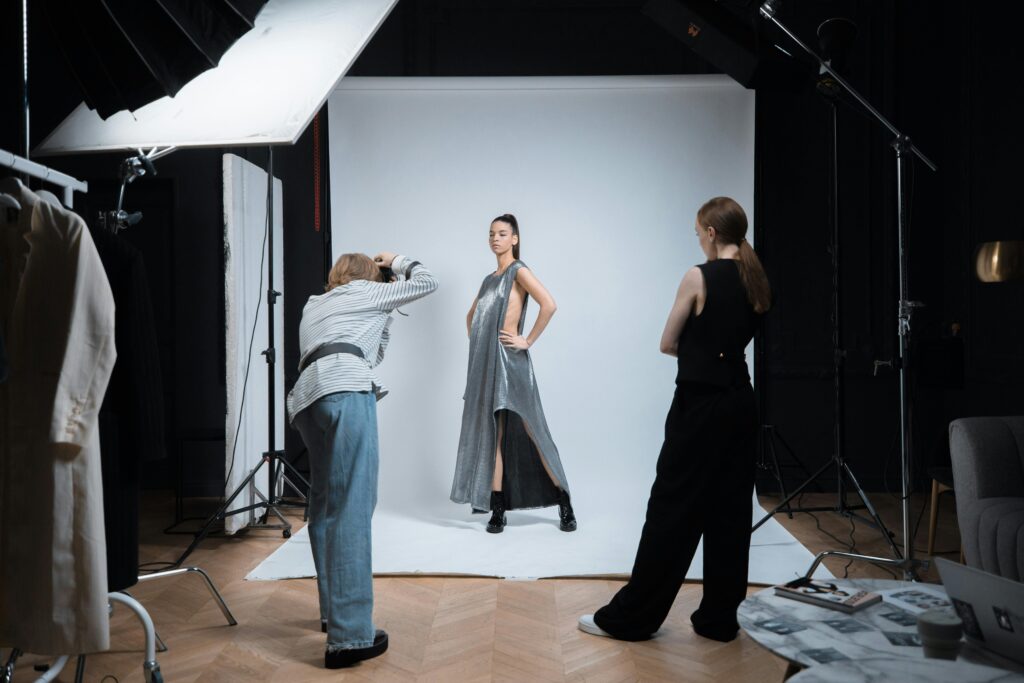
The Importance of Using Models in Product Photography
The role of a product photography with models is vital, as it adds a human touch that creates both emotional and visual connections. This not only makes the product more appealing but also helps customers visualize how it fits into their lifestyle.
Real-Life Usage Captured Through Product Photography with Models
When a product photography with models, it clearly demonstrates how the product can be used in real-life scenarios. It offers guidance on usage, highlights potential benefits, and shows how the product can become a functional part of a customer’s daily life.
Through a model’s interaction with the product, you can communicate its features more effectively — making it easier for customers to understand and relate to. This connection helps in building a strong brand image and contributes significantly to business growth.
Building Trust and Emotional Connection
When product photography with models — whether it’s displayed on an e-commerce platform, social media, or in outdoor advertising — it naturally fosters trust and emotional engagement.
Seeing a real person using the product helps customers imagine themselves in a similar scenario. This not only makes the product more desirable but also builds a sense of credibility, making customers more likely to trust the brand and make a purchase.
Best-Suited Products for Product Photography with Models
Product photography with models is particularly effective for products where showcasing the look, fit, or usage is essential. It adds realism and relatability, enhancing the product’s appeal to potential customers.
Fashion & Apparel
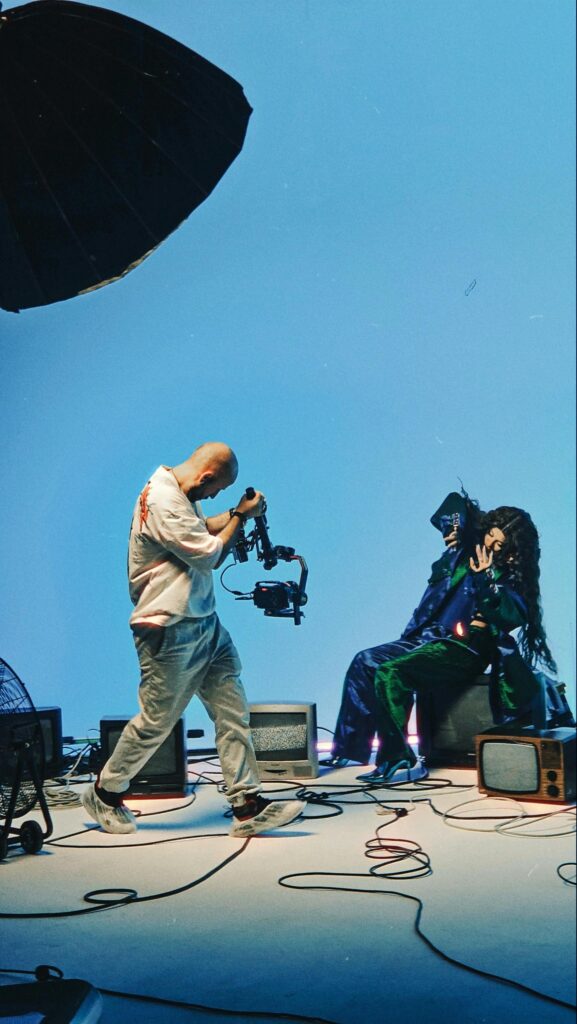
When it comes to fashion items such as clothing, accessories, or shoes, photographing them on a model significantly elevates their appeal. It’s not just about displaying the product — it’s about showcasing the fit, movement, and overall feel, which static product images alone cannot convey.
A model wearing the garment allows customers to visualize how it would look and feel on themselves. This makes it easier for them to understand the product’s usage and styling possibilities.
Whether it’s jewelry, shoes, bags, cosmetics, or any other accessory, using a product photography with models transforms the item into a fashion statement. The model doesn’t just display the product; they help create a lifestyle-oriented brand image.
In short, product photography with models makes your product appear both real and aspirational. This emotional connection often influences purchasing decisions and increases customer engagement.
Beauty & Skincare Products
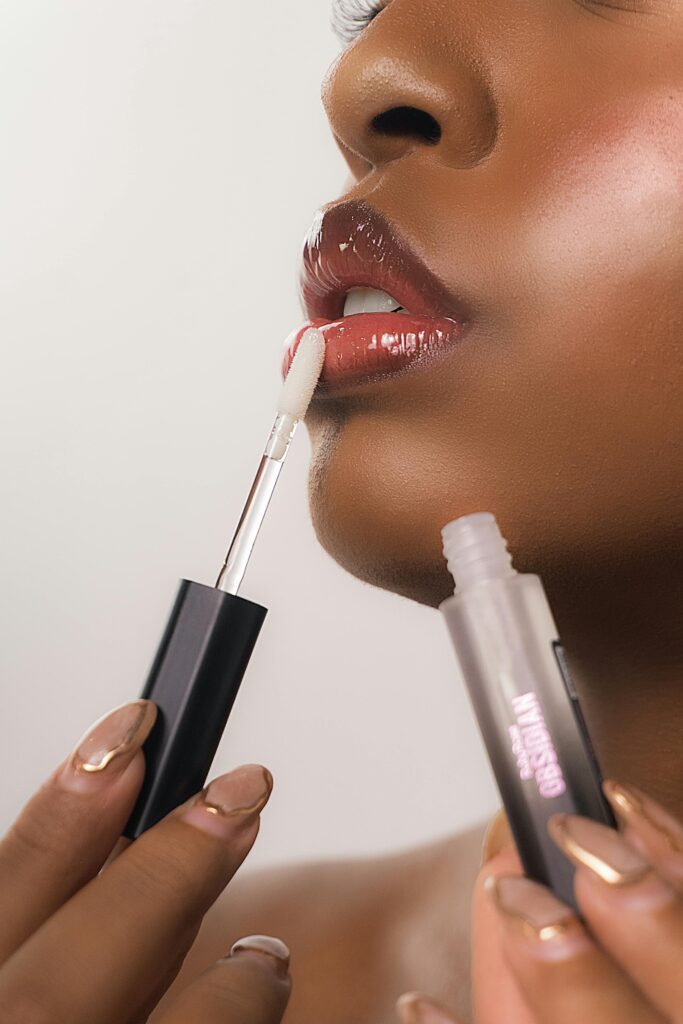
For beauty and skincare products, static product images often fall short in building a strong customer connection. Shoppers may find it difficult to understand the application, usage, and actual results, leading to hesitation.
When such products are applied on a model, it allows customers to clearly see the texture, finish, and effectiveness — especially for products like foundation, lipstick, moisturizers, serums, or face masks. Real-skin application showcases how these products work on different skin tones and types, making them appear more trustworthy and reliable.
product photography with models helps customers imagine the product as part of their own routine — a lifestyle element rather than just a purchase. This perceived relatability has a direct influence on buying behavior.
If you’re looking to elevate your beauty or skincare brand, product photography with models isn’t optional — it’s essential.
Tech & Gadgets
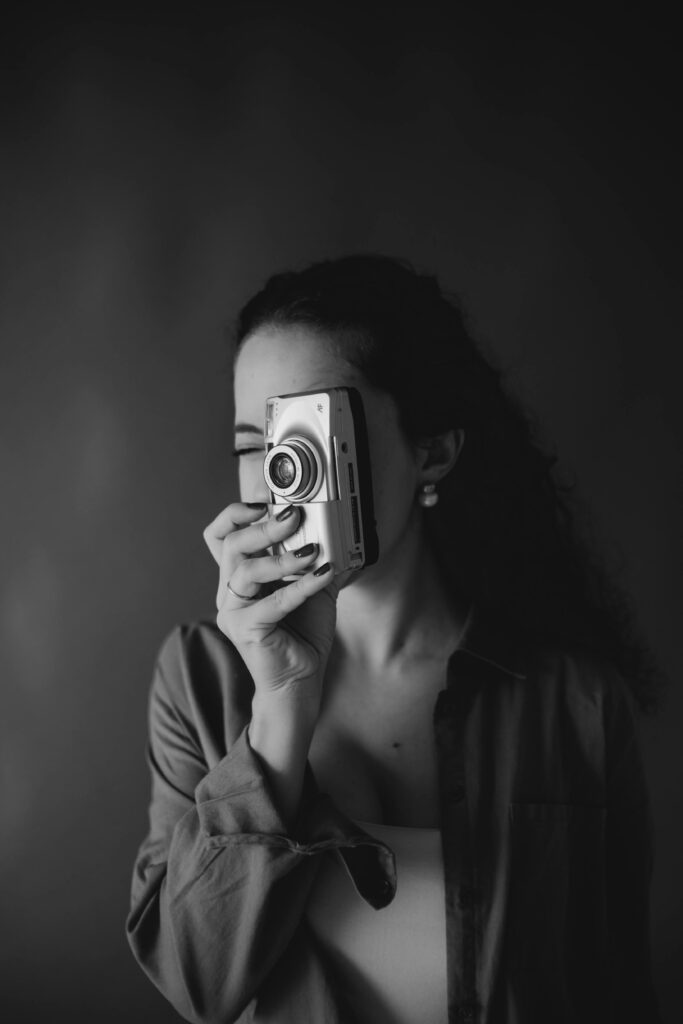
For tech products like earphones, smartwatches, and mobile accessories, using models in photography helps demonstrate real-life applications and lifestyle integration.
Models can show how a smartwatch fits into everyday routines — whether during workouts, office meetings, or casual outings. Similarly, showcasing earphones during jogging or travel conveys both functionality and style.
Plain product images often fail to convey how sleek, practical, or trendy a tech item can be. When a model is shown using the product, it instantly becomes more relatable and desirable. This approach gives the brand a modern, lifestyle-focused identity.
product photography with models for tech and gadgets is especially effective for today’s youth-oriented market, where visual storytelling and aspirational content drive engagement.
In summary, shooting tech and gadget product photography with models enhances not just aesthetics, but also demonstrates real-world use — ultimately contributing to increased customer interest and higher sales.
Must-Know Prep Tips for Product Photography with Models
Before starting product photography with models shoot, it’s crucial to clearly define your target audience — including their age group, gender, and interests. Once this is established, the model should be selected based on the brand tone and product category to ensure that the model aligns seamlessly with the product and reflects the brand accurately.
Define Your Target Audience
Before any product photography with models, it’s essential to understand who your target audience is. Determine the ideal customer in terms of age group, gender, and preferences. Assess whether your product meets their needs and expectations.
For instance, if your product is aimed at teenagers, young and energetic models will be the right fit. If you’re targeting corporate professionals, models with a sleek and sophisticated appearance are more suitable.
Having this clarity helps set the tone, style, and direction for the entire photoshoot, ensuring it resonates with your intended audience.
Model Selection – Aligned with Brand Look & Feel
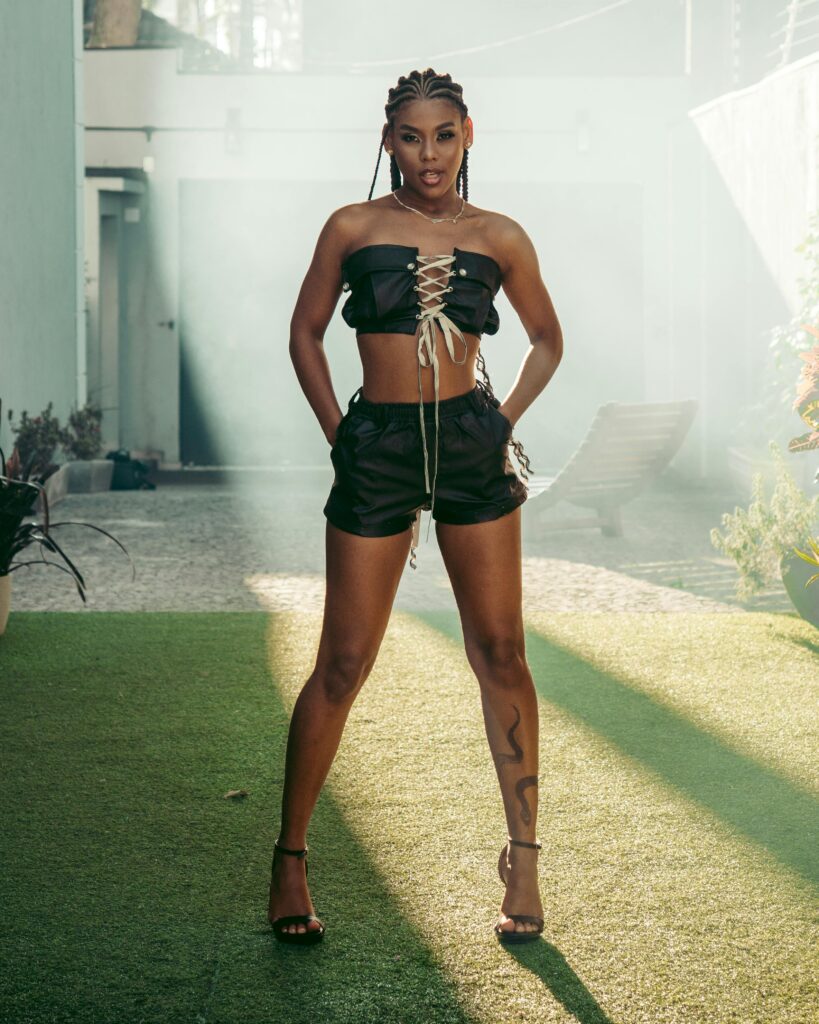
Model selection should always be aligned with the product and brand identity. Choose a model who genuinely complements the product — the goal is to ensure the model and product feel cohesive, not contradictory. For example, if your product is intended for children aged 5 to 10, casting a 15-year-old model would result in a mismatch.
A model is not just there to display the product — they also represent your brand image. Therefore, it is important to consider the model’s look, expressions, and body language.
Professional models are well-versed in posing and body control, making them ideal for high-end or premium product photography. They understand how to adapt their expressions and movements based on the product’s personality, which enhances the overall effectiveness of the product photography with models.
Choosing the right model increases the authenticity and visual appeal of your product photography with models, ultimately improving brand perception.
Concept & Moodboard Planning

Behind every successful photoshoot lies a strong concept and a clearly defined moodboard. These elements ensure everyone involved — from the photographer and stylist to the makeup artist and model — shares a unified vision.
Before the shoot, key decisions should be made regarding:
- Lighting: Determine whether natural or artificial lighting will be used, and define how it should be set up to highlight the product effectively.
- Location: Decide whether the shoot will take place indoors or outdoors. If indoors, choose between a professional studio or another suitable location that aligns with the product. If outdoors, select an environment that complements the product’s aesthetics.
- Wardrobe & Styling: Make sure the model’s outfit matches the product’s look and target audience. Every detail — from clothing to makeup, hairstyle, and accessories — plays a significant role in the quality and visual impact of the final photos.
- Poses & Direction: Plan poses that highlight the unique features of your product. These should enhance the product’s appeal and help communicate its purpose and usage.
The moodboard serves as a visual reference to guide the entire team and ensure consistency throughout the shoot. The better the planning, the smoother the shoot will be — resulting in a professional, cohesive, and impactful final output that strengthens your brand image.
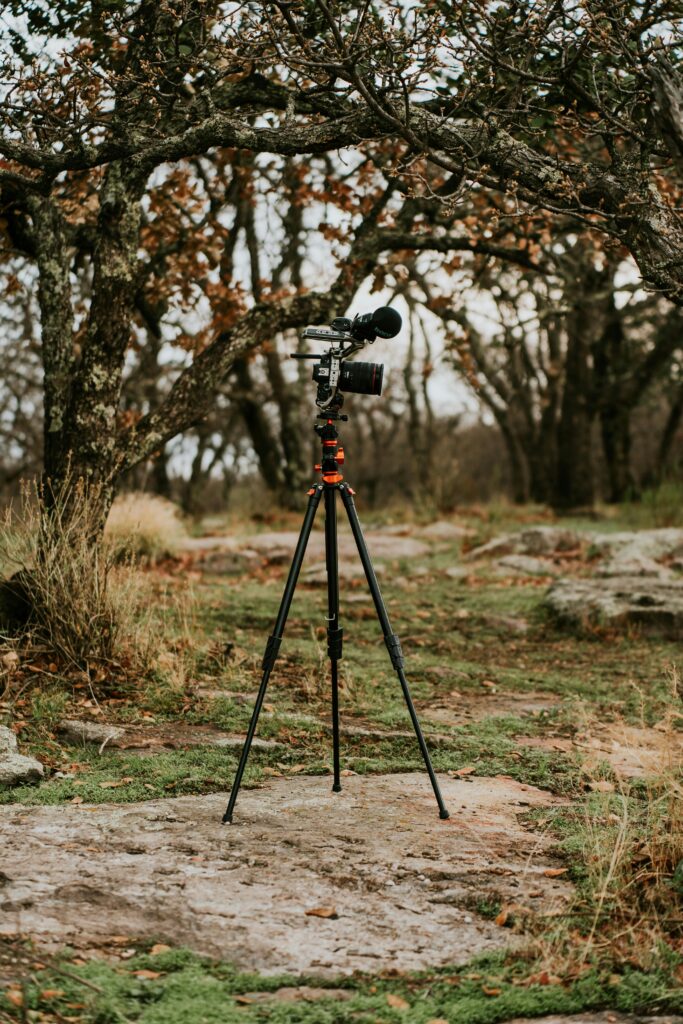
The Complete Process of Product Photography with Models
Conducting product photography with models involves a detailed, step-by-step process that includes three main stages: pre-production, shoot day, and post-production. Each stage plays a crucial role in ensuring a successful and high-quality outcome.
Pre-Production Planning
Pre-production is the foundation of any successful shoot. This stage involves defining the concept and theme of the shoot and ensuring it aligns with the product’s purpose and brand identity.
Selecting the right model is a critical component of this phase. For product photography with models, choosing a professional model is essential, as they bring polished expressions, strong body language, and a high level of comfort in front of the camera, which results in a premium-looking shoot.
Next, finalize the shooting location based on the product type and creative requirements — whether indoor studio or outdoor setting. Prepare all necessary props in advance to avoid delays and ensure the shoot runs smoothly and on time.
Shoot Day
The shoot day is the most pivotal part of the entire process. If everything is well-organized, it leads to professional and visually impactful results.
Ensure the model feels comfortable and confident. A relaxed model will deliver more natural expressions and dynamic poses. Begin the day by briefing the model about the shoot’s concept, and create a friendly, positive atmosphere that encourages collaboration.
Even professional models benefit from clear direction. Provide pose suggestions that match the product’s tone — whether it’s casual, elegant, bold, or approachable. Avoid over-posing; instead, aim for authentic expressions such as a soft smile, eye contact, or candid moments, which tend to be more engaging.
Use a moodboard or visual references to guide the model and align everyone on the creative vision. Remember: while the model is important, the product remains the hero of the shoot.
Ensure the product is clearly visible, well-lit, and free from distractions. Capture a variety of shots, including close-ups, usage demonstrations, and lifestyle frames. Choose angles where the model complements the product without overshadowing it.
A successful shoot strikes the perfect balance between creativity and clarity.
Post-Production
Post-production is where raw images are refined into polished, brand-ready visuals. This stage significantly enhances the final quality and visual appeal.
Images are cleaned to ensure a distraction-free background, especially for outdoor or naturally lit shoots where unwanted elements may appear. The focus is maintained on the product throughout.
Adjustments to lighting, color balance, and tone ensure accurate representation of product colors and skin tones. Each image is color-corrected to match the brand’s aesthetic.
Key features of the product are enhanced using contrast, sharpness, and texture refinements — all while avoiding over-editing. The goal is to create a premium, natural, and trustworthy visual outcome.
Professional editing doesn’t just make your product look better — it strengthens brand credibility and builds customer trust.
Product Photography with Models – Best Tips
When it comes to product photography with models, the most important tip is to keep the focus on the product — the model should play a supporting role. Use natural light or soft studio lighting to ensure the product’s texture and color are captured accurately and attractively.
Use High-Quality Lighting
Lighting plays a crucial role in product photography, whether you’re shooting indoor or outdoor. Without proper lighting, even the best-planned shoot can fail, and the end results may appear dull or unprofessional.
Natural light — such as window light or outdoor daylight — provides a soft, flattering look that enhances both the model and the product. It brings out the product’s true texture and color with minimal effort.
For indoor shoots, use softboxes or studio lighting to maintain full control. These setups help eliminate harsh shadows and produce a clean, polished, and professional result.
In every frame, ensure the lighting highlights the product and model’s best features without overexposing or underexposing the image.
Remember, lighting isn’t just about brightness — it also sets the mood, tone, and feel of your brand. Plan your lighting carefully to match your visual goals.
Keep the Focus on the Product
While the model is an important element in the shoot, the product must remain the center of attention.
The model’s role is to demonstrate the product’s usage and benefits — not to overshadow it. Poses, styling, and expressions should be designed to enhance the product’s visibility and appeal.
If the viewer ends up focusing more on the model than the product, the purpose of the shoot is lost. Striking the right balance between visual appeal and product clarity is key to effective product photography.
Optimize Shoot Timing
Timing is especially critical for outdoor shoots. Choosing the right time of day allows you to make the most of natural light and reduces the need for extensive post-editing.
The golden hours — early morning (around sunrise) and late evening (around sunset) — offer the best natural lighting. During these times, the light is soft, warm, and visually pleasing.
This soft light gives both the product and the model a natural glow, softens shadows, and adds a cinematic quality to the images.
Avoid shooting at midday, when the sunlight is harsh and can cause overexposure and hard shadows.
By optimizing your shoot timing, you enhance both the natural beauty and the professional finish of your final images.
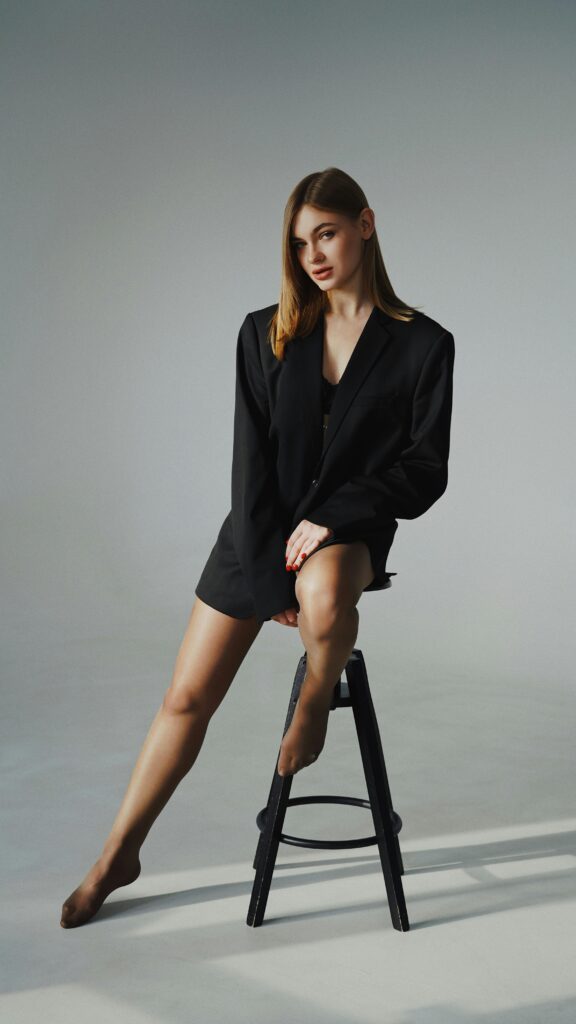
Want Stunning Product Photos Featuring Real Models? Contact Us Today
Looking to give your product a premium, aspirational, and authentic touch? Our professional model-based product photography services are the perfect solution for you.
We have a team of experienced photographers, stylists, makeup artists, and trained models who plan and execute each shoot tailored to your brand’s unique identity.
Whether you’re a fashion label, launching a beauty product, or showcasing tech accessories — we provide customized shoot concepts, detailed moodboards, and creative direction for every product category.
Our Services Include:
- High-quality professional lighting setup
- Creative product styling
- Studio & on-location shoot options
- Post-production editing with brand-focused polish
- Seamless background setups
- Props and lighting equipment
- On-site makeup and styling space
- Outdoor shoots with location options tailored to your brand theme
Ready to take your product visuals to the next level?
Book Your Shoot Today:
📞 Call/WhatsApp: +91-9717316109
Or fill out the Contact Form Below, and our team will get back to you within 24 hours.
